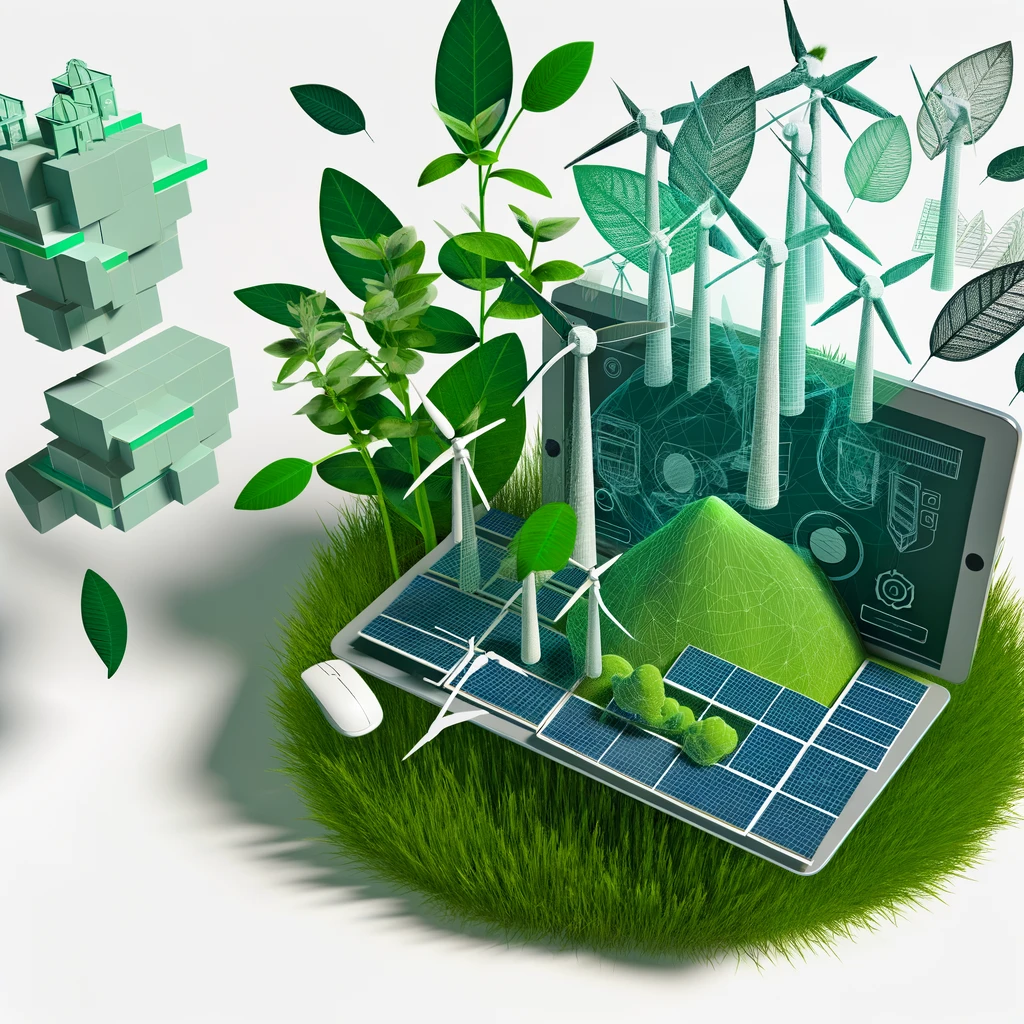In an age where environmental sustainability is increasingly at the forefront of global discussions, the digital design community is stepping up to contribute positively to this crucial agenda. This blog post delves into how 3D designers, creative directors, and modelers are integrating eco-friendly practices into their workflows, thereby supporting a greener future.
Eco-friendly Practices in Digital Design
Shifting from physical prototypes to digital models significantly reduces waste and material use. This digital-first approach not only conserves resources but also minimizes the carbon emissions associated with producing and transporting physical prototypes.
Energy consumption is another critical aspect where digital designers can make a substantial positive impact. Rendering, particularly in high-resolution projects, demands considerable computational power and, consequently, energy. By adopting cloud-based rendering or optimizing rendering processes, designers can reduce their energy usage while still achieving high-quality outcomes.
Sketchfab, a platform known for its 3D model sharing capabilities, presents an example of how technology can aid in sustainable design. By allowing designers to display and share their 3D models online, Sketchfab reduces the need for physical models and promotes a more sustainable approach to design presentations and reviews.
Reducing Carbon Footprint through Efficient Workflows
Optimizing workflows can lead to more than just time savings; it can significantly lower a project's environmental impact. By refining processes, utilizing more efficient software, and reducing the need for high-power rendering, designers can contribute to a reduction in overall energy consumption.
Furthermore, digital designers have the opportunity to advocate for and implement the use of renewable energy sources within their work environments. Whether by choosing hosting services powered by renewable energy or by encouraging their workplaces to adopt green energy solutions, designers can help push the industry towards a more sustainable future.
Conclusion: A Greener Future for 3D Design
The journey towards sustainability is continuous and requires commitment and innovation. By incorporating eco-friendly practices into their work, 3D designers not only benefit the environment but also set new standards in the industry. Platforms like Sketchfab exemplify how technology can support sustainable design goals.
As we move forward, it is clear that integrating sustainable practices into 3D design is not just beneficial for the environment; it is essential for the continued relevance and responsibility of the design community. Let's foster a culture of sustainability that permeates every aspect of our creative processes.
By embracing these eco-friendly practices, we can contribute to a greener, more sustainable future, proving that the digital design community can play a pivotal role in environmental stewardship.
Sustainable Design in 3D: Eco-friendly Practices for Digital Artists
By Toggle3D.ai on Mar 11, 2024 4:15:42 PM
2 min read





